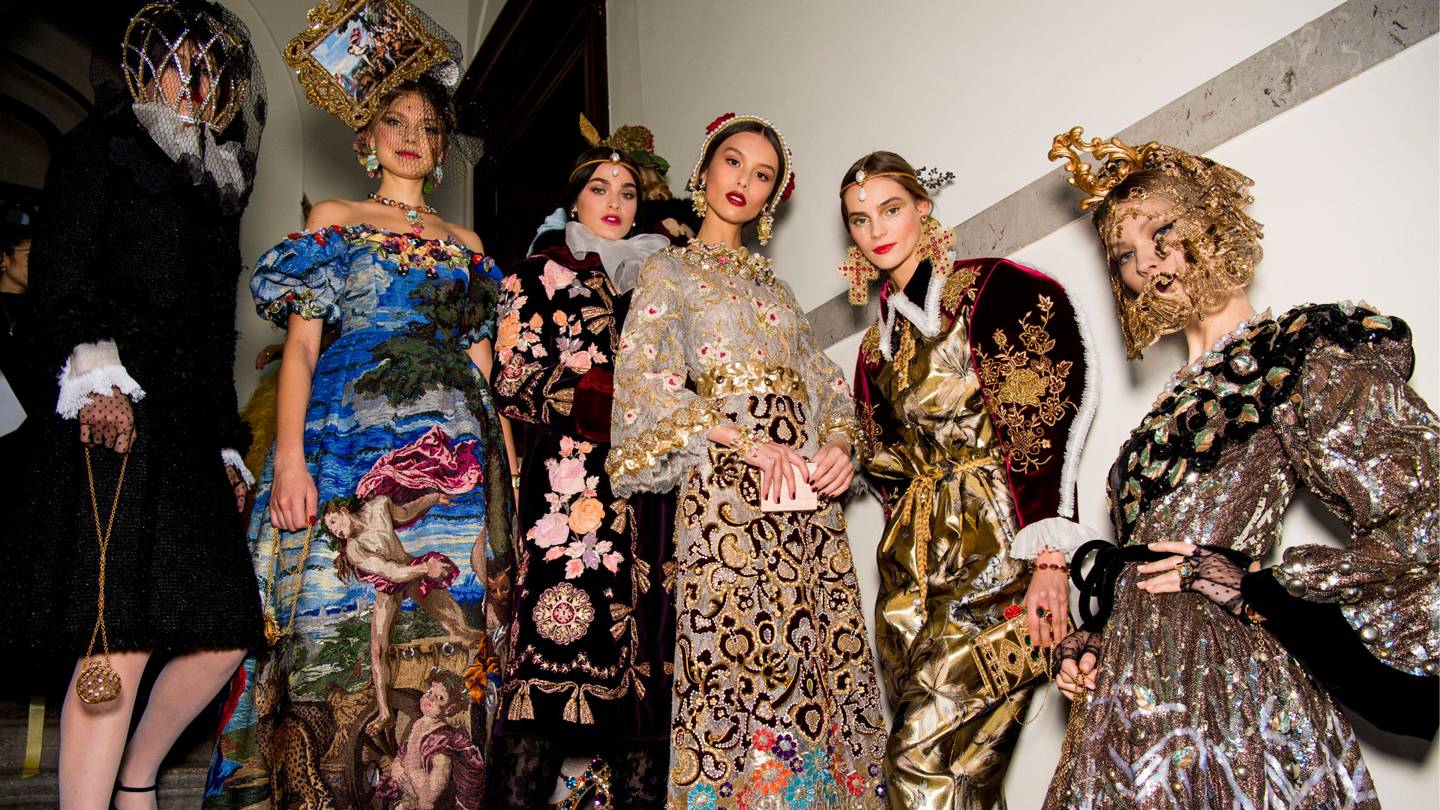In the annals of fashion history, Europe has stood as a beacon of elegance, influencing trends and shaping styles for centuries. As we delve into the fascinating tapestry of old European fashion trends and traditions, we embark on a journey that traverses time and continents. From the allure of regal attire to the significance of sartorial choices, the story of European fashion is a testament to human creativity, culture, and the evolution of style.
Setting the Stage for a Journey Through Time
Before the modern era, European fashion was a symphony of opulence, innovation, and cultural exchange. The attire worn by nobility and commoners alike served as a reflection of social status, identity, and artistic expression. From the grand courts of France to the bustling streets of Italy, every region had its own unique sartorial language.
Imagine the ornate gowns of the Renaissance, adorned with intricate embroidery and sumptuous fabrics. Visualize the opulence of the Baroque period, where every detail of attire was a canvas for artistic craftsmanship. As we explore old European fashion trends, we uncover the layers of history that have shaped the way we dress today.
The Evolution of Identity
Old European fashion trends were more than just garments; they were statements of identity. Clothing was a visual language, a way to communicate one’s social status, occupation, and affiliations. From the colors of fabrics to the choice of accessories, every aspect of attire had a meaning that extended beyond aesthetics.
The Allure of Regal Attire and Its Significance
At the heart of old European fashion lies the allure of regal attire, garments that encapsulated the grandeur and power of royalty. The clothing worn by monarchs and aristocrats was not only a symbol of opulence; it was a manifestation of authority, lineage, and diplomacy.
Imagine the majestic robes of a medieval king, adorned with intricate gold embroidery that spoke of wealth and prestige. Picture the courtly fashions of the Elizabethan era, where ruffs and farthingales created a silhouette that exuded grace and authority. Regal attire was a visual proclamation of power, a way for rulers to assert their dominance and impress foreign dignitaries.
Dressing for Diplomacy
Regal attire was also a tool of diplomacy, with rulers using clothing to forge alliances and negotiate political relationships. The garments worn by monarchs during diplomatic events were carefully chosen to convey messages of respect, allegiance, or even defiance. Every stitch and embellishment played a role in shaping the political landscape of the time.
The Significance of Sartorial Choices
In old European fashion, every garment and accessory was imbued with meaning. The act of dressing was not merely a routine; it was a deliberate choice that carried cultural, social, and personal significance. Attire was a reflection of one’s place in society, and it often dictated how one was perceived by others.
Imagine a young woman from the Victorian era donning a mourning dress, signaling her grief and adherence to mourning customs. Consider a knight in medieval armor, his attire symbolizing chivalry, honor, and loyalty. Sartorial choices were a way to navigate the intricacies of society, showcasing one’s adherence to norms and values.
Expression Through Attire
While old European fashion was often constrained by societal norms, it also provided a canvas for self-expression. Accessories, fabrics, and even the choice of colors allowed individuals to convey their personalities and aspirations. A woman’s fan, for example, could be used to communicate flirtation or dismissal, while a man’s cravat could signify his affiliation with a particular social group.
The Legacy and Inspiration
As we reflect on the allure of regal attire and the significance of sartorial choices, it’s evident that old European fashion trends and traditions continue to influence modern aesthetics. Elements from past eras often find their way into contemporary designs, creating a fusion of history and innovation.
The legacy of European fashion is alive in modern fashion houses, where designers draw inspiration from historical silhouettes, fabrics, and motifs. Runways showcase pieces that pay homage to the elegance of the past while embracing the sensibilities of the present.
Embracing the Elegance of the Past
As we journey through the annals of old European fashion trends and traditions, let’s remember that clothing is more than just fabric; it’s a repository of culture, identity, and creativity. The allure of regal attire teaches us that fashion has the power to shape perceptions, influence politics, and communicate authority.
Sartorial choices remind us that clothing is a language that goes beyond words, allowing us to express ourselves and navigate the complexities of society. As we embrace the elegance of the past, let’s carry forward the lessons of history, using clothing not only to adorn our bodies but also to tell stories, convey values, and celebrate the beauty of human expression.
In an age of fast fashion and fleeting trends, the significance of old European fashion trends and traditions beckons us to slow down, reflect on our choices, and embrace the timeless allure of clothing as a means of artistic and cultural expression.




More Stories
Modern Renaissance: Contemporary European Fashion Trends
Swinging Sixties: Aristocratic Fashion in a Time of Change
Disco Fever: 1970s Glam and Glittering Style